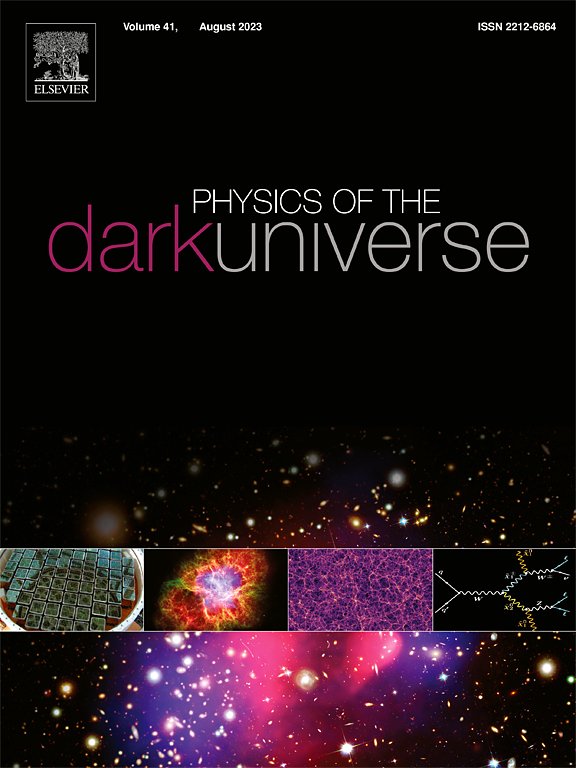The correspondence of generalised entropic cosmology theory with F(T) and F(Q) modified gravity and gravitational waves
IF 5
2区 物理与天体物理
Q1 ASTRONOMY & ASTROPHYSICS
引用次数: 0
Abstract
We investigate the correspondence between modified gravity theories and general entropic cosmology theory. Such a theory is proposed by an analogy with Jacobson’s work, where the Einstein equation was derived from the Bekenstein–Hawking entropy. We compare FLRW equations obtained in entropic gravity with those in modified gravity theories. It is found the correspondence of and gravities and general entropic gravity. We regard the and gravity theories as effective local theories corresponding to the entropic gravity theories and we investigate the gravitational waves. The obtained equation of the gravitational wave is identical to that in Einstein’s gravity except that the gravitational coupling is modified by the functional form of the functions and . It is interesting that in the case of the Tsallis entropic cosmology, the gravitational coupling becomes small or large, which may suppress or enhance the emission of the gravitational wave.
求助全文
约1分钟内获得全文
求助全文
来源期刊

Physics of the Dark Universe
ASTRONOMY & ASTROPHYSICS-
CiteScore
9.60
自引率
7.30%
发文量
118
审稿时长
61 days
期刊介绍:
Physics of the Dark Universe is an innovative online-only journal that offers rapid publication of peer-reviewed, original research articles considered of high scientific impact.
The journal is focused on the understanding of Dark Matter, Dark Energy, Early Universe, gravitational waves and neutrinos, covering all theoretical, experimental and phenomenological aspects.
 求助内容:
求助内容: 应助结果提醒方式:
应助结果提醒方式:


